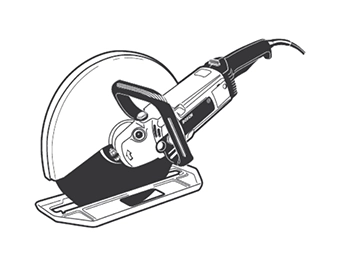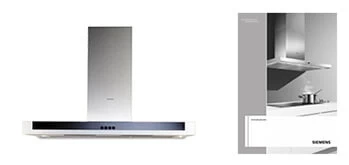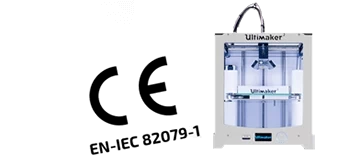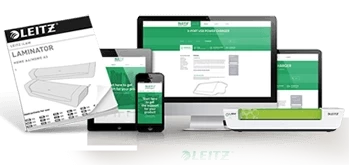-
UK User Manual Templates
- Machinery
- Electronics
- Medical
-
Meets legal requirements
-
User friendly
-
Improved UX
-
Re-use of content
We help organisations
to create better
documentation
We offer various kinds of advice and support in the development of your documentation, such as user manuals, help files, procedures, and work and video instructions. Would you like to have a manual written, and are you looking for a partner? We support our customers by writing, illustrating, translating, checking and managing their manuals.
Why user research?
The way in which users use and interpret a manual can be predicted only to a certain degree. The only way to find out exactly how users interact with a manual is by observing and analyzing the interactions among users, the product and the manual. Conducting user research involves making systematic inquiries into the actual interaction between users and a given product or system, in repeatable situations, with the goal of improving this interaction. There are three phases in the course of such an inquiry in which information is gathered:
- Study the interaction between the user and the product
- Observe the interaction
- Interview the users
The quality of the information is more important than its quantity. What we want to get out of user research is which interactions occur. The precise number of times an interaction occurs is less important than this. Just about every time user research is conducted, interactions will be found that neither product designers nor researcher have foreseen. Because user research is labour-intensive, it is usually carried out with just five to fifteen people (Daams, 2011).
How do you assess an interaction?
There are a number of methods and techniques to gain insights into the interactions among user, product and manual. These are part of user research. There are two ways to assess an interaction: with and without users.

Assessment without the involvement of users
In assessing interactions without users, an expert judges the interactive aspects of a product. This is not a complete inquiry, since there is no user involvement and no interactions are observed. But it is one of the ways in which certain aspects of user interactions can be analysed. This assessment takes place during the development of every manual. One way to record the interaction is by means of a task analysis. This involves asking: which tasks have to be carried out in order to achieve the desired result? Use of the product is thus broken down into a number of steps or individual tasks. How well these tasks cohere is shown with the help of a hierarchical analysis. The outcome of a task analysis is a list of tasks that a user must perform in order to reach a certain goal.
Task analyses make clear how complex a given task is. The analysis can be used to determine in which steps an illustration should complement the text, or which steps can be combined within a single illustration.
For the analysis of the many phases that a procedure consists of (a good manual should cover all phases), the summary in the table below will be useful. It lists the phases in which a product is used. This classification is also used in IEC/IEEE 82079-1:2019, “Information for Use”. The tasks that belong to each phase can thus be mapped according to where in a given procedure they should be performed.
The lifecycle of a product
- Produce
- Notify
- Transport
- Store
- Install
- Put into service
- Use
- Maintain
- Repair
- Decommission
Assessment with the involvement of users
In assessment that does involve users, the researcher observes the interactions between users and the product. Once the research has been done, there is an interview. On the basis of the results, the researcher draws conclusions regarding the user-friendliness of the instructions.
There are a number of methods for testing how user-friendly a product is. Having users follow the steps in the manual provides information about both the user-friendliness and the completeness of the manual. One of the following methods can be applied, depending on what is appropriate for your product.
- Inconspicuous observation
- An interview
- A panel discussion or a focus-group session
Inconspicuous observation
This method is deployed without the user’s active involvement: the user is not given any tasks, and the user does not ask any questions. Ideally, the behavior of the user is recorded on video, so it can be evaluated later. To get more insights into the user environment, users can be observed in the environment in question.
An interview
An individual interview or a discussion with various users yields information on the users and the circumstances and the situation in which a product is used. An interview can be recorded in writing or with an online form. The results can be looked at statically, and can give quantitative information about the product in question.
A panel discussion or a focus-group session
This is a structured interview with a number of users all at the same time. The manual and the product or model are handed out. The interactions among the users are an important part of the panel discussion. The participants complement one another, and this gives rise to comments from others.






